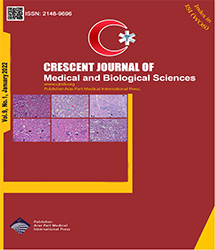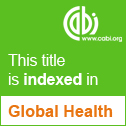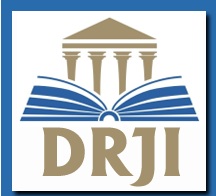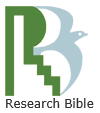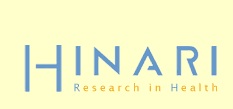| Original Article | |
| Combination Therapy Against Breast Cancer Cells by Docetaxel With Rosmarinic and Thymoquinone: An Experimental Study | |
| Ebrahim Afkhami Saray1, Sodeif Azadmard-Damirchi2, Mahdi Gharekhani1 | |
| 1Department of Food Science and Technology, Tabriz Branch, Islamic Azad University, Tabriz, Iran 2Department of Food Science and Technology, University of Tabriz, Tabriz, Iran |
|
|
CJMB 2022; 9: 063-069 DOI: 10.34172/cjmb.2022.11 Viewed : 2275 times Downloaded : 1832 times. Keywords : Breast neoplasms, Cytotoxicity, Apoptosis, Docetaxel |
|
| Full Text(PDF) | Related Articles | |
| Abstract | |
Objectives: Combination therapy with powerful and new components is presented as an effective method in treating breast cancer against conventional approaches. Here, we tried to evaluate the implementation of rosmarinic and thymoquinone on the tumor growth inhibition and apoptotic induction of docetaxel on MDA-MB231 breast cancer cells. Materials and Methods: The drug interaction between rosmarinic acid, thymoquinone, and docetaxel, as the chemotherapeutic drug, was analyzed using the Chou-Talalay method along with CompuSyn. To understand the number of cell proliferation of MDA-MB231 breast cancer, a tetrazolium-based colorimetric assay (MTT assay) was investigated. DAPI and the flowcytometric assay were harnessed to evaluate the morphology and the percentage of apoptosis, respectively. Real-time polymerase chain reaction (PCR) was used to recognize the association between the NF-κB pathway and program cell death signal. Results: The IC50 values for docetaxel, rosmarinic, and Thymoquinone were 2.6 ± 0.62 nM, 15.6 ± 2.4 μM, and 35.5 ± 3.4 μM, respectively. MDA-MB231 breast cancer showed combination index value following three combination recipes; rosmarinic acid + docetaxel, thymoquinone + docetaxel, rosmarinic acid + thymoquinone + docetaxel was 0.26, 0.55, and 0.08, which designated a remarkable synergistic effect. The cultivation of the tumor cells under the exposition of docetaxel and rosmarinic, as well as thymoquinone, discovered a substantial upsurge in the anti-proliferative manner of docetaxel from 60% to 82%, along with a double-fold surge in the number of dead cells. mRNA levels exhibited a noticeable decline in IκB-α as an indicator of NF-κB activation and the decline of survivin and Bcl-2 escorted by a surge in pro-apoptotic Bad mRNA levels (P < 0.05). Conclusions: By considering our results, the co-administration of docetaxel, rosmarinic, and thymoquinone can be figured out as a promising adjuvant therapy besides other treatment protocols. |
Cite By, Google Scholar
PubMed
Online Submission System
 CJMB ENDNOTE ® Style
CJMB ENDNOTE ® Style
 Tutorials
Tutorials
 Publication Charge
Women's Reproductive Health Research Center
About Journal
Publication Charge
Women's Reproductive Health Research Center
About Journal
Aras Part Medical International Press Editor-in-Chief
Arash Khaki
Deputy Editor
Zafer Akan

